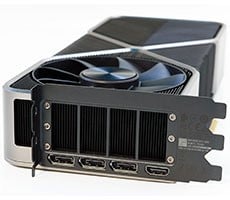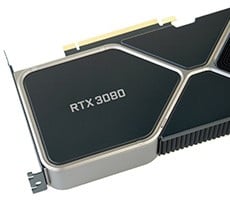ASUS ROG SWIFT PG278Q G-SYNC Monitor Review
Subjective Analysis
|

Guardians of the Galaxy @ 1080P, Scaled To Full Screen
When playing games that run at very high frame rates, with the monitor configured at 144Hz, the effects of G-Sync aren't quite as noticeable. We're sure if you stopped and stared and looked specifically for visual artifacts, you'd find some, but during actual gameplay, the high refresh rate is such an improvement over the 60Hz typical of most monitors, you'll be happy anyway.
When playing more taxing games, however, with framerates that may fluctuate above or below 60 FPS or so, the effect G-Sync has on the on-screen imagery and / or lag is awesome. Disabling V-Sync may eliminate lag, but tearing is evident. And enabling V-Sync may eliminate the tearing, but the lag can be annoying. With, G-Sync though, the on-screen images don't suffer from visual artifacts and the tearing is gone too.
We wish there was an easy way to visually convey how G-Sync affects on-screen animation, but there isn’t. We don’t have a means to capture DisplayPort feeds and shooting video of the screen and hosting it on-line doesn’t capture the full effect either. In lieu of an easy visual method to show how effective G-SYNC is, you'll just have to take our word for it. G-Sync is great.
We should also mention that simply using a high 120Hz - 144Hz refresh rate on your desktop is also great. There is a noticeable improvement when mousing or even moving windows around the screen. If you're the type that gets headaches when looking at a 60Hz screen for too long, the higher refresh rates of the ASUS ROG SWIFT PG278Q may also help with that too.







